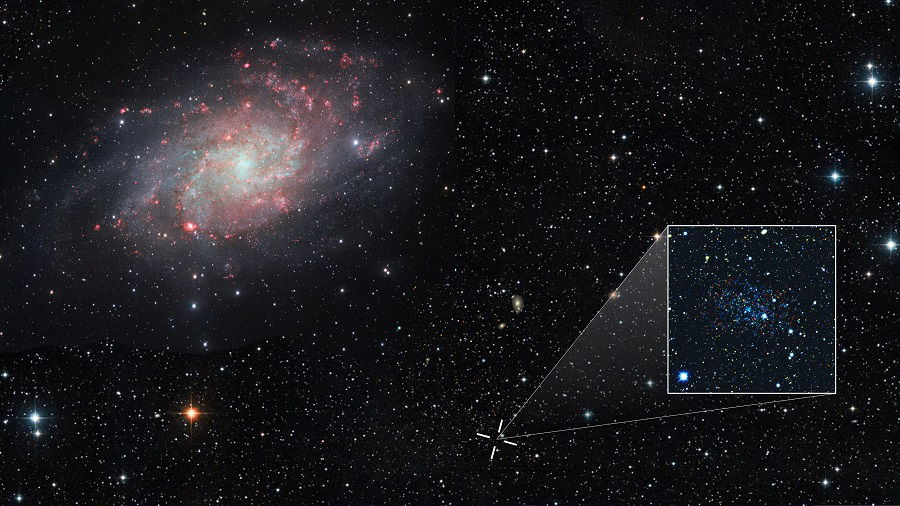For decades, scientists have puzzled over why galaxies spin faster than expected. The stars in their outer regions move so quickly that, by the laws of physics, they should fly apart. Something unseen—something massive—seems to be holding them together.
This invisible force has long been attributed to dark matter, a mysterious substance that makes up most of the universe’s mass but has never been directly detected. However, some physicists have argued that dark matter may not exist at all, suggesting instead that the laws of gravity themselves might need rewriting.
Now, new research led by the Leibniz Institute for Astrophysics Potsdam (AIP) has taken a major step toward resolving this debate. By studying the smallest and faintest galaxies in the universe—known as dwarf galaxies—the team has found strong evidence supporting the existence of dark matter over alternative theories of gravity.
Their findings, published in *Astronomy & Astrophysics*, suggest that even the tiniest galaxies contain vast halos of dark matter that govern their motion.
### International Collaboration and Methodology
The study was carried out by an international collaboration of scientists from institutions including the University of Surrey, the University of Bath, Nanjing University, the University of Porto, Leiden University, and Lund University.
The researchers focused on 12 dwarf galaxies and carefully mapped how fast their stars move at different distances from the center. Because dwarf galaxies are so small and faint, gathering such precise data was previously impossible. But thanks to new observations and powerful simulations, the team was able to measure their internal gravitational forces in unprecedented detail.
### Testing Modified Newtonian Dynamics (MOND)
One of the competing theories they tested is called Modified Newtonian Dynamics (MOND). First proposed in the 1980s, MOND suggests that the laws of gravity change under very weak conditions, eliminating the need for dark matter entirely.
Yet, when the team compared MOND’s predictions to the observed star motions, the numbers didn’t add up.
“Both the observations and our simulations show that the gravitational field cannot be explained by visible matter alone,” said Mariana Júlio, a PhD student at AIP and the study’s lead author. “This contradicts modified gravity predictions and reinforces the need for dark matter.”
### Simulations Confirm Dark Matter’s Role
To check their results, the team ran detailed computer simulations using the UK’s DiRAC National Supercomputer. Models that assumed the presence of dark matter produced far better matches to the observed data than those using MOND.
The simulations also revealed that dwarf galaxies behave differently from larger ones. While big galaxies follow a clear relationship between the amount of visible matter and their gravitational pull—known as the radial acceleration relation—this link breaks down in dwarf galaxies.
“Our results confirm that dwarf galaxies don’t behave like scaled-down versions of big galaxies,” explained Dr. Marcel Pawlowski, co-author of the study. “They show higher accelerations than expected, which means there’s more unseen mass—most likely dark matter.”
### Implications and Future Research
Professor Justin Read from the University of Surrey added that new data are allowing researchers to map the gravitational fields of galaxies in greater detail than ever before.
“We can’t explain what we see using only visible matter,” he said. “The simplest explanation is that these galaxies are surrounded by halos of dark matter, which encode the missing information. The modified gravity models just don’t fit.”
While the study doesn’t reveal what dark matter actually is, it narrows the range of possible explanations and strengthens the case for its existence. Future observations of even smaller and more distant galaxies may bring scientists closer to finally uncovering the true nature of the universe’s invisible matter.
https://knowridge.com/2025/11/tiny-dwarf-galaxies-help-solve-a-40-year-dark-matter-debate/

Be First to Comment